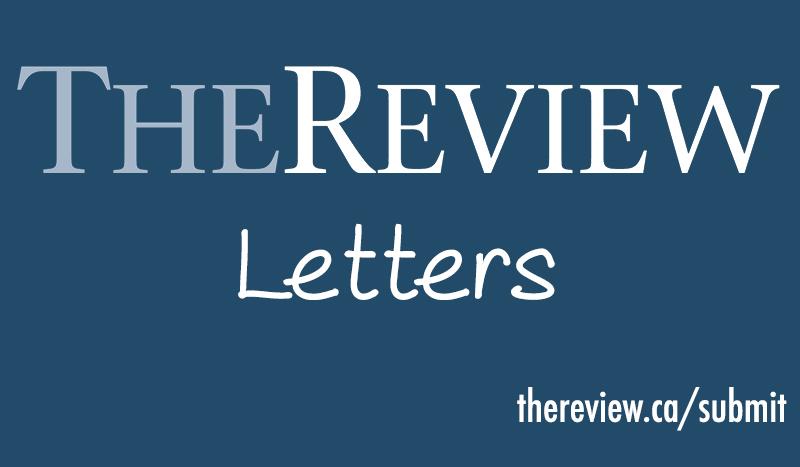To The Editor,
COVID-19 isn’t just a health crisis—it’s an ecological crisis too.
While we gear up with rubber gloves and medical masks to protect ourselves from an invisible threat, a greater menace lurks around the corner. And it’s one that hand sanitizer won’t fix.
The human world is not disconnected from the natural world. Like a domino effect, human activities directly impact the environment, and vice-versa.
If we were not aware of this before, COVID-19 has made it clear. The world has come to a grinding halt all because of a virus believed to have been contracted from a pangolin in a wet market in Wuhan, China.
This scaly nocturnal animal, resembling a creature from prehistoric times, is both critically endangered and protected under international law. Nonetheless, pangolins are one of the most trafficked mammals in Asia—sought for their traditional healing properties—with an estimated 1 million captured and sold over the past decade. And while China temporarily shut down its wildlife markets, illegal wildlife trade in general remains an issue of global importance. In fact, it is a highly profitable industry, with participants raking in as much as $26 billion USD a year.
COVID-19 has shown the world that the destruction and abuse of non-human life can, in turn, have serious health repercussions for humans. In other words, the practices that are leading to biodiversity loss—and by extension to environmental degradation—are also leading to the emergence of pandemics.
This shows a broader entanglement between health and ecology: in fact, experts argue that an ecological crisis is at the root of this health crisis.
According to Health Ecologist Serge Morand, the pandemic is inseparable from the various human activities that damage flora and fauna, such as poaching, deforestation and the industrialization of agriculture and livestock. Morand suggests that the number of zoonotic diseases has increased as wild animals have seen their territory shrink, and consequently, are coming into closer contact with humans and domesticated animals.
“Deforestation tends to lead to these opportunities in which species that don’t normally come into contact are coming into contact,” says Erin Mordecai, biologist at Stanford University. “That creates opportunities for pathogens to spill over.”
Meanwhile, Jared Diamond, historian at the University of California, explains that novel infectious diseases have always emerged out of transformations in human-animal relations. As far back as the Neolithic Revolution, humans caught diseases that were transmitted to them by their newly domesticated animals.
History has repeated itself. After the Livestock Revolution of the 1960’s, humans made themselves vulnerable once again to new diseases emerging from their transformed relationship with animals. By keeping large populations of livestock in close proximity and in unsanitary conditions, we create a biological cocktail perfect for the explosion of infectious diseases: take H1N1 for example. The swine flu emerged out of a factory farm in Veracruz, Mexico in 2009.
Human disruption of ecological dynamics more broadly has induced other pandemics. The Zika virus, for instance, was caused by global warming, which led mosquitos to move outside of their traditional habitats.
In short, if we want to prevent pandemics, we must change our relationship with the non-human world.
So what are some concrete solutions?
First, we must rethink our agricultural and farming models. By promoting food production at the local level, we remove the commercial incentives for deforestation and industrial farms. Governments should encourage sustainable agriculture at home, and more deeply embed these standards within free trade agreements.
Second, we must stop eating away at the greenspace wild animals inhabit—or else they will continue to move into our space. Community-managed forests and Indigenous knowledge have proven to be successful conservation models.
Finally, we must recognize and confront the socio-economic reasons that lead to environmental crime. Governments should collaborate to better identify hotspots for wildlife criminality and help affected communities develop other sources of income.
But these policies alone won’t be enough—what we need is a change of perspective. That starts with recognizing the environment and natural resources as gifts to safeguard instead of assets from which to profit.
COVID-19 should be a wake-up call. A call from the too often invisible world of nature, informing us that environmental destruction is more than just carbon emissions. A call to rethink our relationship with nature. Let this crisis challenge our belief that humans have moved beyond nature to one that places humans back within nature.
After all, if COVID-19 has shown us anything, it is that when we want to, we can adapt to anything.
Gabriella Santini is an MA student in Anthropology at the University of Ottawa. Her work focuses on waste, ecological resilience and human adaptation to climate change.
Gabriella Santini
Ottawa


